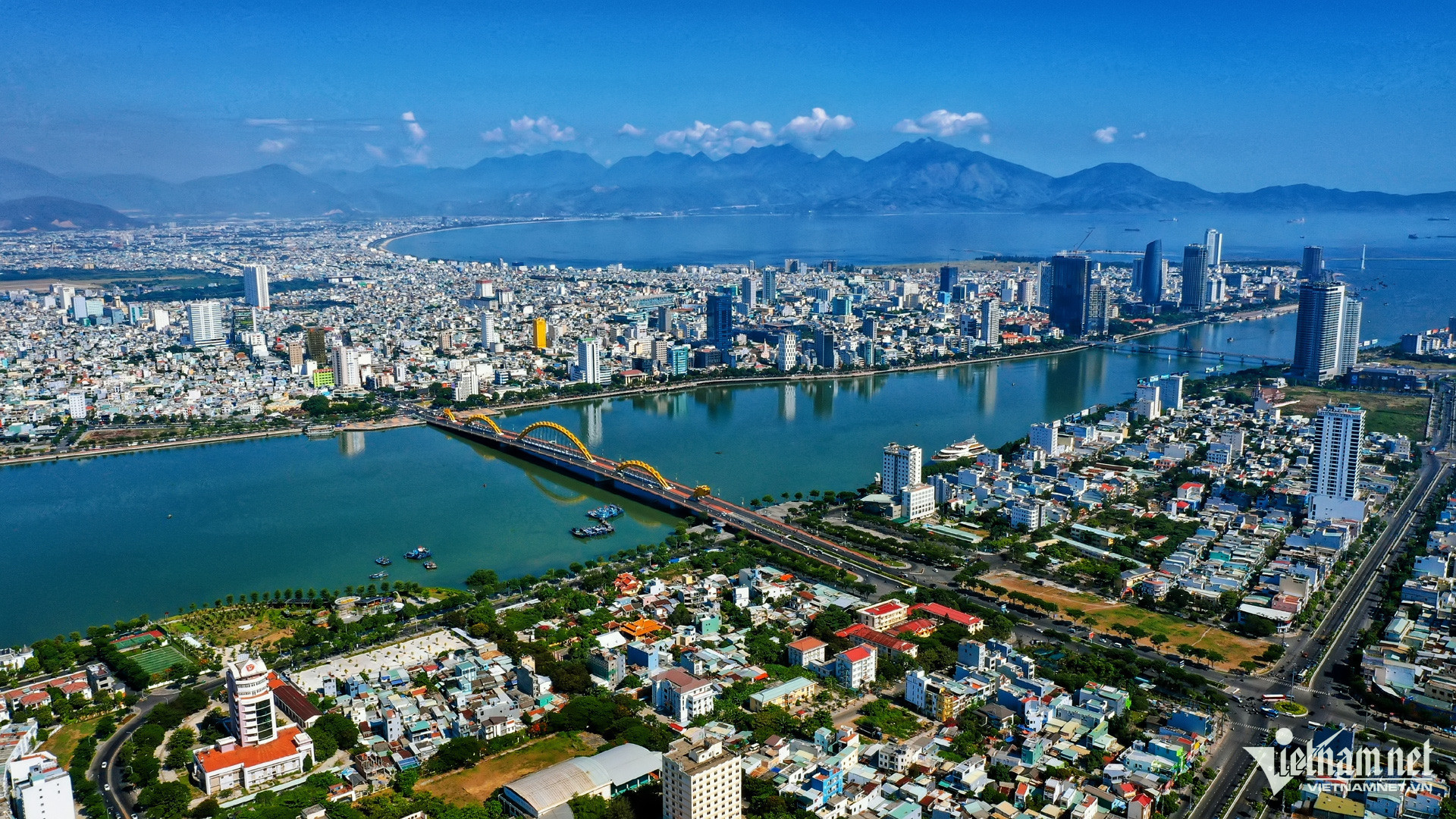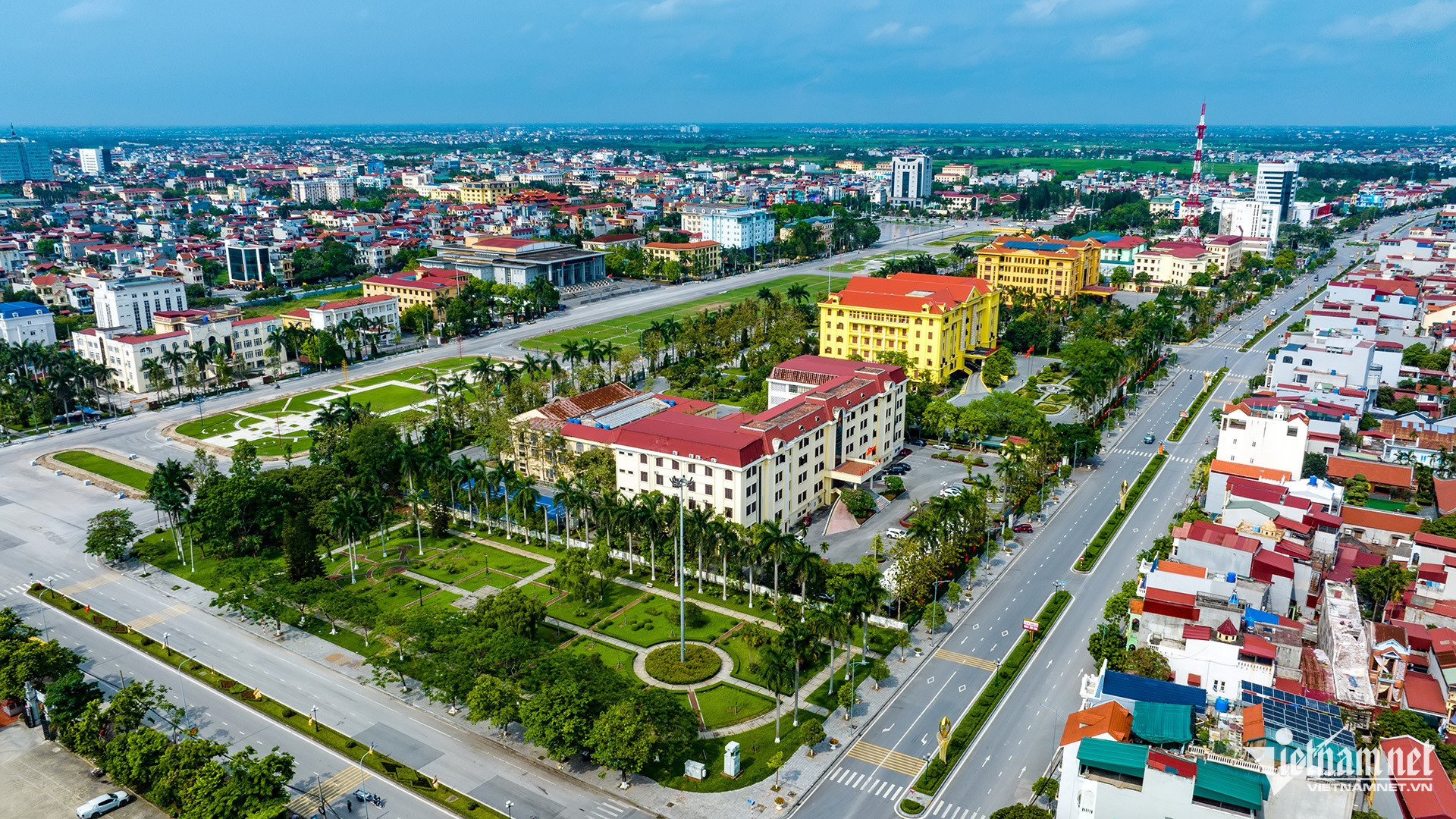Ho Chi Minh City now has the highest population, Lam Dong covers the largest area, Phu Tho borders the most provinces, and Hanoi boasts the highest average income.

Ho Chi Minh City now has a population of about 14 million. Photo: Hoang Ha
On June 12, the National Assembly officially approved a resolution to merge several provincial administrative units, resulting in a new national map with 34 provinces and centrally-run cities - 29 fewer than before.
These mergers significantly altered the statistics on area, population, geographic traits, and economic scale across the country.
Cities by largest and smallest population and area
After merging with Ba Ria - Vung Tau and Binh Duong, Ho Chi Minh City has become the most populous city in the country with approximately 14 million residents. This population exceeds that of several small countries both in the region and globally.
However, in terms of population density, Hanoi leads with over 2,600 people per square kilometer, significantly surpassing Ho Chi Minh City’s 2,000 people/km². Hai Phong ranks third with a density of over 1,460 people/km².
Hue has the smallest population among cities, with over 1.4 million residents and a density of 289 people/km².
Among the six centrally governed cities, Da Nang has the largest area at 11,860km² after merging with Quang Nam. Quang Nam's area of over 10,574km² elevated Da Nang’s total size, making it the largest city by area. Hai Phong, even after merging with Hai Duong, remains the smallest by area at 3,195km².

Da Nang is the largest centrally governed city by area. Photo: Hoang Ha
Provinces by largest and smallest area and population
Lam Dong is now the largest province in terms of area after merging with Dak Nong and Binh Thuan, spanning 24,233km². Interestingly, the three pre-merger provinces belonged to different economic zones: Central Highlands and South Central Coast.
The smallest province by area is Hung Yen at 2,515km². Hung Yen originally had only 930km², and even after merging with Thai Binh (approximately 1,600km²), it remains the smallest.
Despite its size, Hung Yen has a high population density of over 1,400 people/km², reflecting the dense urbanization of the Red River Delta.
An Giang is the most populous province post-merger, with 4.9 million people. Before the merger, both An Giang and Kien Giang had comparable populations, although Kien Giang was almost twice the size. The merged province now has a population density of about 500 people/km².
Following An Giang in population are Dong Nai with nearly 4.5 million, Ninh Binh with 4.4 million, and Dong Thap with 4.37 million.
The least populous province is Lai Chau, with only 512,000 residents. With an area of over 9,000km², Lai Chau has a sparse population density of just 56 people/km².
After the merger, Phu Tho now borders seven other provinces and cities: Hanoi, Ninh Binh, Thanh Hoa, Son La, Lao Cai, Tuyen Quang, and Thai Nguyen - the highest number of bordering provinces in the country.
Hanoi residents earn the highest average income

Hung Yen is the smallest province by area after the merger. Photo: Hoang Ha
In 2024, Ho Chi Minh City leads the country in budget revenue, collecting over 681.9 trillion VND (about 26.9 billion USD), which accounts for nearly 31% of the national total. Hanoi follows with 511.3 trillion VND (20.2 billion USD), and Hai Phong ranks third with 148.4 trillion VND (5.9 billion USD).
Previously, Hanoi had the highest revenue, followed by Ho Chi Minh City. But the merger brought substantial financial gains to HCMC thanks to Ba Ria - Vung Tau (nearly 100 trillion VND, or 3.9 billion USD) and Binh Duong (over 76 trillion VND, or 3 billion USD), both among the top budget-contributing provinces.
Before the merger, Binh Duong had the highest average annual income per capita at 107.6 million VND (approximately 4,240 USD), followed by Hanoi at 89 million VND (3,510 USD), Dong Nai at 84.5 million VND (3,330 USD), Hai Phong at 84.4 million VND (3,325 USD), and Ho Chi Minh City at 81.5 million VND (3,215 USD).
Post-merger rankings have shifted: Hanoi now tops the list with 89 million VND (3,510 USD), followed by Ho Chi Minh City at 86.5 million VND (3,410 USD), and Hai Phong at 78.6 million VND (3,100 USD), with Dong Nai at 72.75 million VND (2,865 USD).
On June 30, the newly merged provinces are expected to simultaneously announce their revised administrative boundaries, commune-level divisions, and leadership structures.
Nguyen Thao